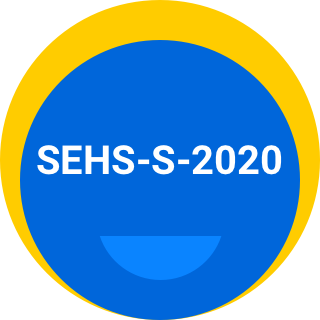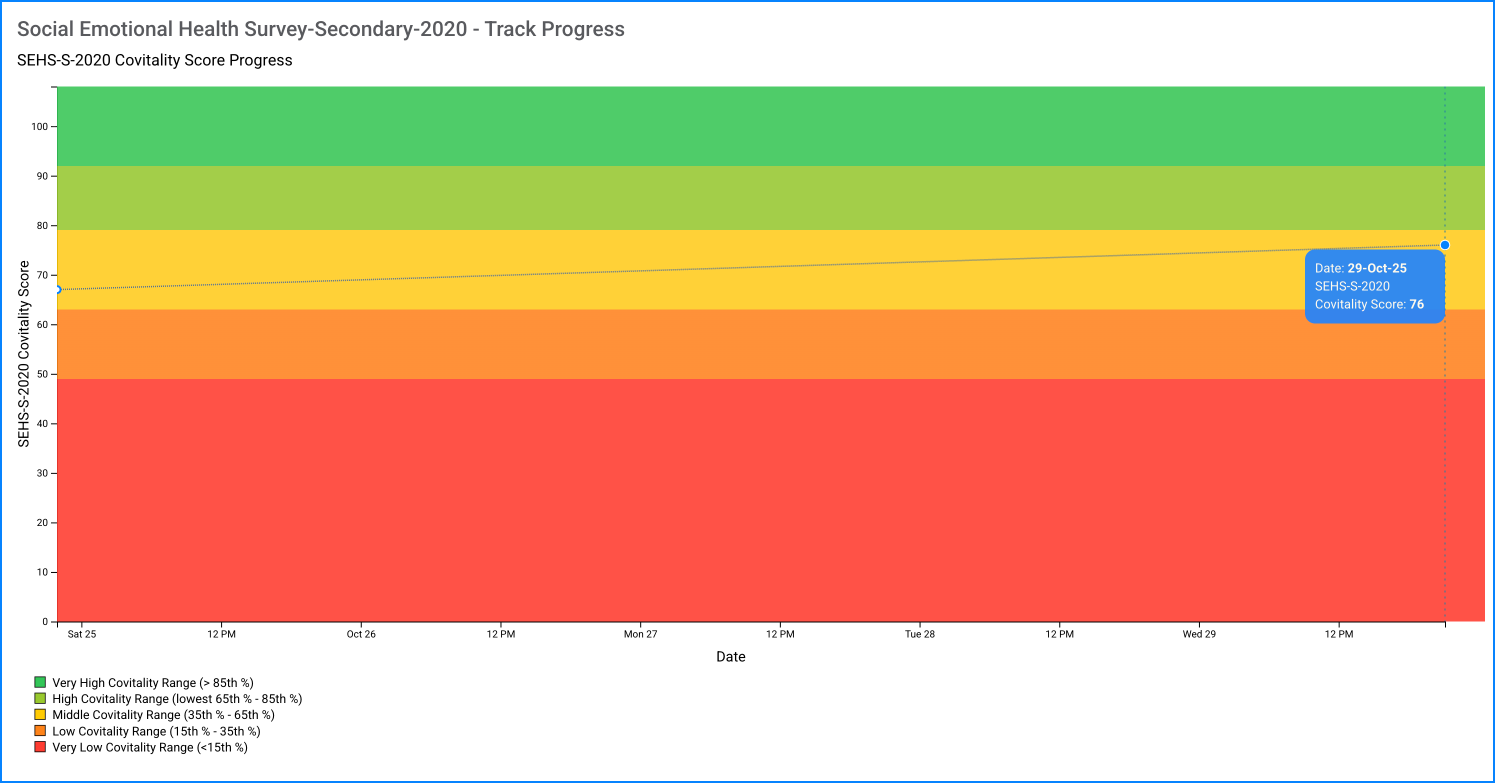As is true of any self-report instrument, respondents can consciously distort their response to the scale if they are motivated to do so.
The SEHS-S-2020 assessment tool measures the Covitality construct, which refers to the positive mental health resulting from the interplay of multiple positive psychological building blocks. This principle considers that psychosocial strengths are adaptive self-schemas linked to youth resilience and thriving development. However, these psychosocial strengths have the most impact when they co-occur in harmony rather than being isolated strengths (Furlong et al., 2020; Paz & Kim, 2022), that is, “the whole is greater than the sum of its parts.”
By fostering the balanced development of multiple core psychosocial strengths such as gratitude, empathy, and persistence, adolescents can promote positive interpersonal transactions within their socio-ecological systems, contributing to optimal developmental outcomes. The 36-item Social Emotional Health Survey-Secondary (SEHS-S-2020) has 12 subscales measuring psychosocial strengths derived from the social-emotional learning (SEL) and positive youth development (PYD) literature (Furlong, Dowdy et al., 2021; Furlong, Paz et al., 2023; Hinton et al., 2022; Ito et al., 2015; Piqueras et al., 2019; You, Dowdy et al., 2014; You, Furlong et al., 2015). The 12 subdomains are associated with four correlated positive social-emotional health domains that assess the higher-order Covitality construct.
The first domain, Belief in Self, consists of three subscales grounded in constructs from self-determination theory literature: self-efficacy, self-awareness, and persistence. The second domain, Belief in Others, includes three subscales derived from constructs found in childhood resilience literature: school support, peer support, and family support. The third domain, Emotional Competence, consists of three subscales based on constructs drawn from the SEL scholarship: emotion regulation, empathy, and behavioral self-control. The final domain, Engaged Living, includes three subscales grounded in constructs derived from the positive youth psychology literature: gratitude, zest, and optimism.
Research supports the cumulative resilience advantage as measured by the 12 SEHS-S subdomains. Students with more SEHS-S strengths report positive mental well-being and low emotional risk behaviors (Lenzi, Dowdy, et al., 2015; Lenzi, Furlong, et al., 2015; Moore et al., 2019). The SEHS-S research grounding and positive asset emphasis provide an alternative to emotional problem-focused universal school mental health screeners.




